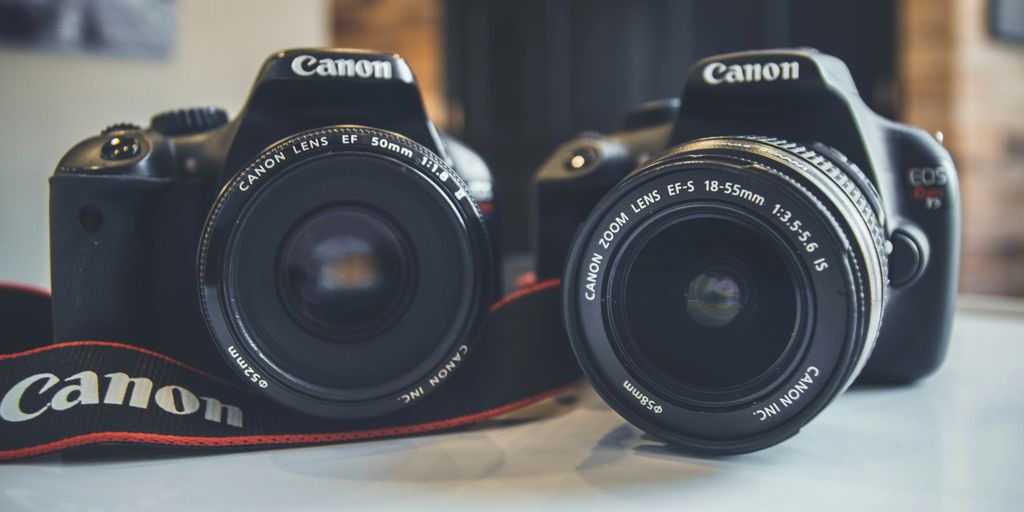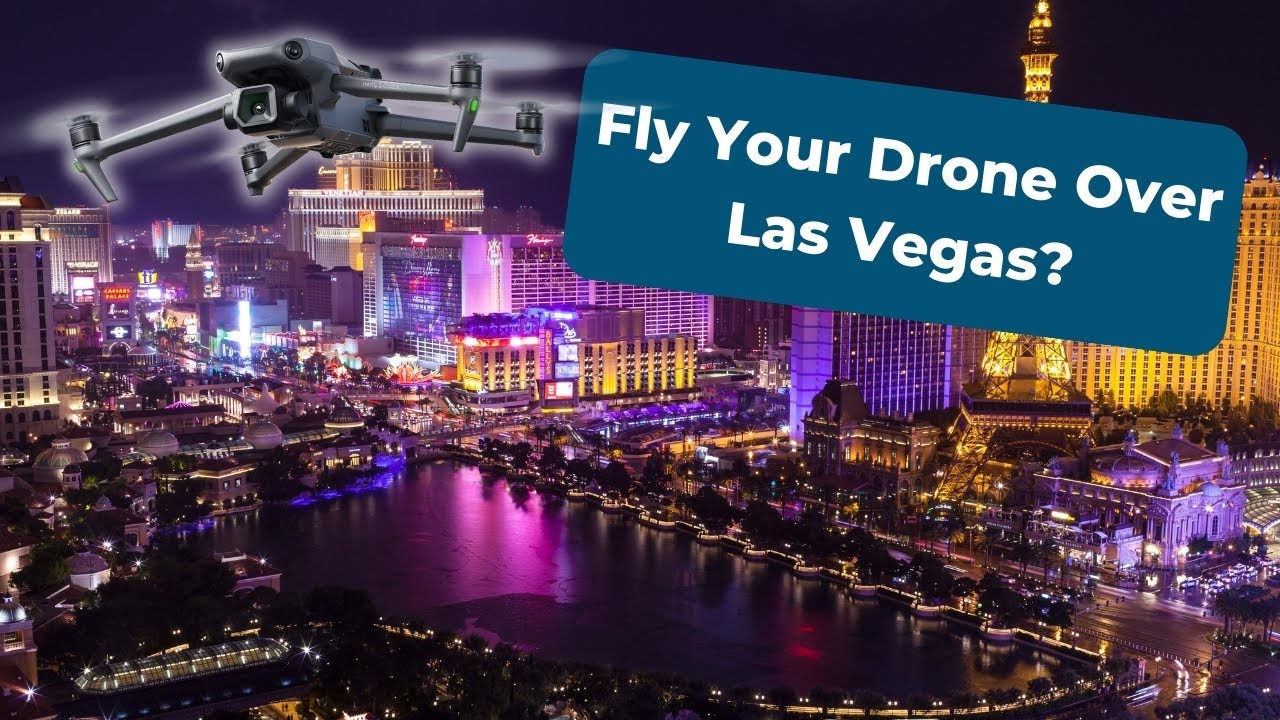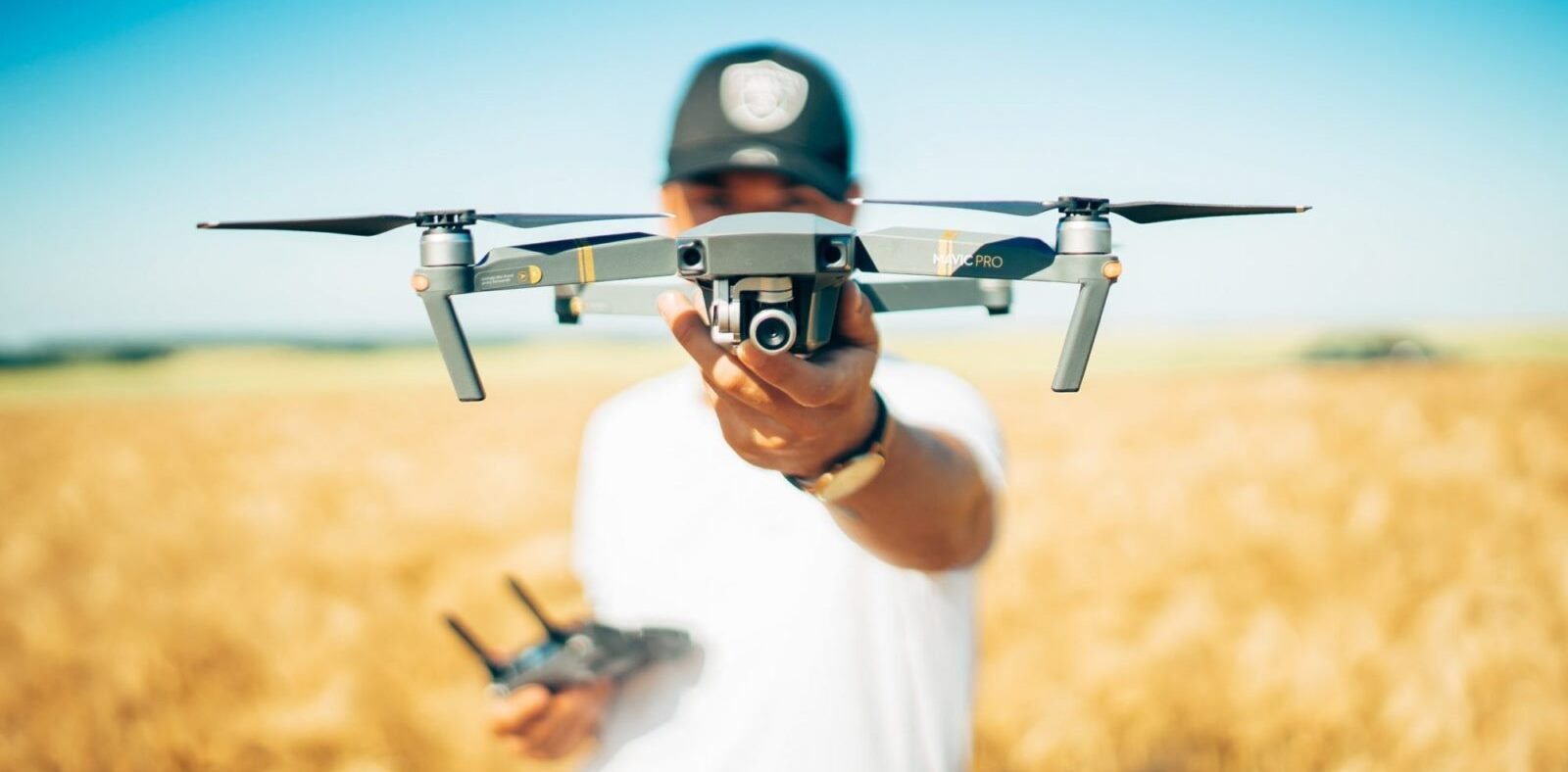
8 Essential Tips For Preventing Drone Crashes. Drones have revolutionized photography, delivery, and surveillance, but are not without risks. Preventing drone crashes is crucial for ensuring safety, maintaining equipment longevity, and complying with regulations. This article offers eight essential tips to help you keep your drone airborne and prevent costly mishaps. From understanding your drone’s range to maintaining a line of sight, these tips will ensure you get the most out of your drone flying experience while minimizing risks.
Key Takeaways
- Understanding and respecting your drone’s range is crucial to prevent it from flying out of control.
- Maintaining visual contact with your drone ensures you can manage it effectively and avoid losing it.
- Regularly monitoring your drone’s battery level can save it from crashing due to power loss.
- Utilizing GPS can significantly enhance your control over the drone and prevent it from flying out of range.
- Being vigilant about collision avoidance and understanding environmental conditions can significantly reduce the risk of crashes.
1. Drone Range Knowledge

Understanding the range of your drone is a crucial step in preventing drone crashes. Knowing your drone’s limits is essential to ensure you don’t inadvertently lose control or breach regulations. Here’s what I’ve learned:
- Always check the manufacturer’s specifications for your drone’s maximum range.
- Be mindful of the typical ranges for different types of drones:
- Toy drones: 160-324 feet
- Mid-level drones: 1300 feet to 1.6 miles
- FPV drones: 4-5 miles
- Long-range drones: Can exceed 200 miles
It’s not just about how far your drone can fly, but also how effectively you can control and monitor it within that space.
Video transmission is a critical factor in long-range drone operation. It allows me to maintain situational awareness and navigate safely, avoiding potential collisions. I can fly safely and responsibly by staying within the legal and practical limits, typically under 3 miles.
2. Line of Sight Maintenance

Maintaining a visual line of sight with your drone is not only a good practice but also a regulatory requirement in many areas. This means always being able to see the drone with your own eyes rather than through a device, screen, or goggles. It’s essential for safe operation and helps you react quickly to unforeseen obstacles or environmental changes.
Why is line of sight so important?
- It ensures direct control over the drone.
- It allows for immediate visual assessment of the drone’s flight path.
- It reduces the risk of losing the drone due to disorientation or technical issues.
By keeping the drone within your line of sight, you can better manage its trajectory and ensure it doesn’t enter prohibited zones or encounter dangerous situations. Remember, visibility is key to preventing accidents and ensuring a safe return of your drone.
3. Battery Level Monitoring

Keeping a vigilant eye on your drone’s battery level is crucial for preventing unwanted crashes. Ensure your drone has sufficient power to return to you before takeoff. Most drones come equipped with a low battery warning feature, a lifesaver when you’re engrossed in capturing that perfect shot.
Here’s a simple checklist to help you manage your drone’s battery life effectively:
- Monitor the battery level continuously during flight.
- Be aware of the estimated time remaining for your flight.
- Land your drone when the low battery warning activates.
- Keep spare batteries charged and ready for use.
Remember, it’s not hard to monitor your battery level and stop flying before low battery RTH (Return to Home) wants to activate. This can vary because it depends on the software, but being proactive can save you from a crash.
Advancements in battery technology have extended flight times, but it’s still a limiting factor. Always clearly understand how long your drone can stay airborne with its current battery charge and plan your flights accordingly.
4. GPS Utilization

Understanding and utilizing the Global Positioning System (GPS) is crucial for the safe operation of drones. GPS is the backbone of navigation for most modern drones, providing real-time data and ensuring precise control during flight. Using GPS, I can plan my flight path accurately and avoid potential hazards.
To optimize GPS utilization, I follow these steps:
- Ensure the drone’s GPS is calibrated correctly before each flight.
- Check for and install any firmware updates that may improve GPS performance.
- Be aware of any potential interference from buildings or natural obstacles that could affect GPS signals.
It’s important to note that while GPS is a powerful tool, it’s not infallible. Factors such as signal jamming or poor weather conditions can impact its reliability. Therefore, I always have a contingency plan in case of GPS failure.
Anti-jamming technology is a valuable asset for preventing interference from other electronic signals. Both frequency hopping spread spectrum (FHSS) and direct-sequence spread spectrum (DSSS) effectively enhance GPS reliability. By staying vigilant and incorporating these technologies, I can significantly reduce the risk of drone crashes due to GPS-related issues.
5. Obstacle Avoidance Technology
In my experience, integrating obstacle avoidance technology is crucial for the safety and longevity of your drone. Advanced obstacle avoidance features such as sensors and intelligent flight modes are not just fancy add-ons but essential tools that help navigate challenging environments.
For instance, the forward and downward radars, as well as ADS-B sensors, provide a sophisticated layer of protection. These systems, often referred to as Sense and Avoid (SAA) or Detect and Avoid (DAA), are essential for preventing unwanted incidents.
However, it’s essential to be aware of the limitations. Occasional sensitivity issues with obstacle avoidance can disrupt your flight flow, and not all drones come equipped with intelligent flight modes that facilitate advanced autonomous operations.
Remember, a drone’s ability to detect and navigate around obstacles is not just about avoiding crashes; it’s about ensuring a smooth and reliable flight experience.
Here are some considerations to keep in mind when assessing a drone’s obstacle-avoidance capabilities:
6. Drone Portability

When I consider my drone’s portability, I’m reminded of how often I’ve had to move quickly to capture the perfect shot. The ease of transport can make or break a drone’s usability in the field. Lightweight designs and foldable arms are not just conveniences; they are essential for a drone enthusiast like me who is always on the go.
- Obstacle avoidance technology is crucial for safe flights, especially in challenging environments.
- The weight and size of the drone determine how easily it can be carried to various locations.
- Advanced features, including sensors and intelligent flight modes, enhance safety and portability.
Ensuring that your drone is portable without compromising on safety features like obstacle avoidance is a balancing act that requires careful consideration.
Remember, a drone’s flight capabilities are also tied to its portability. Gas-powered models may offer longer flight times, but are typically heavier and less convenient to transport. Battery-powered drones, while providing shorter ranges, tend to be more portable. Always weigh the trade-offs between range, flight time, and the ease of carrying your drone.
7. Environmental Conditions Optimization

When planning to fly my drone, I always consider the environmental conditions. Weather can significantly impact drone performance, and failing to account for it can lead to crashes. I’ve learned that it’s crucial to understand how different weather conditions affect my drone’s behavior.
For instance, flying a drone in strong winds requires extra caution. I check the wind speed and direction before takeoff and adjust my flight plan accordingly. Battery performance can be compromised in cold weather. To maximize drone usability, placing drone batteries in a cooler is recommended to prevent damage from humidity. Further, keep flights as short as possible to avoid battery drain.
Temperature fluctuations can also affect the drone’s internal components. Here’s a quick checklist I follow to ensure my drone is ready for any environmental challenge:
- Check the weather forecast and wind conditions
- Inspect the drone for any damage that the weather could exacerbate
- Ensure the batteries are at optimal temperature
- Plan the flight path to avoid areas of turbulence or strong winds
By taking these precautions, I not only prevent crashes but also extend the lifespan of my drone.
8. Collision Avoidance Vigilance

As I’ve gained more experience flying drones, I’ve come to realize the importance of maintaining vigilant collision avoidance. Always being aware of your drone’s surroundings is crucial to preventing accidents. This means actively scanning the environment, rather than relying solely on the drone’s sensors and cameras.
It’s not just about the technology; it’s about how we use it. Maintaining a high level of attention and readiness to react can make all the difference.
Here are some essential practices I follow to ensure collision avoidance:
- Be Visible: Make sure your drone is visible without obstructing any paths or features.
- Look and Yield: Always be cautious when your drone enters or crosses paths with other objects or drones.
- Cooperate: In the event of an incident, it’s essential to communicate effectively with any involved parties or authorities.
Remember, safety isn’t just a personal responsibility; it’s a collective mission. By practicing these steps, we contribute to a safer airspace for everyone.
In the realm of aerial innovation, ensuring safety is paramount. Chapter 8, ‘Collision Avoidance Vigilance,’ delves into the critical strategies and technologies that keep our skies secure. For a deeper dive into the world of advanced aerial photography and drone services, visit our website at Sky View Las Vegas. Discover how our FAA-certified pilots can elevate your project with stunning, high-resolution imagery. Don’t get left behind in the rapidly evolving real estate market—take action now and [contact us] for a free consultation to learn more about our cutting-edge drone services.
Conclusion
In summary, preventing drone crashes is essential for your drone’s safety and longevity. You can significantly reduce the risk of mishaps by understanding your drone’s range, keeping it in sight, calibrating the gyroscope, monitoring battery levels, and using GPS. Always prioritize safety over convenience, adhere to local regulations, and be vigilant about your surroundings. Whether you’re a hobbyist or a professional, these tips will help ensure each flight is successful and enjoyable. Fly responsibly and make the most out of your drone flying experience.
Frequently Asked Questions
Will the drone return home on a low battery?
High-end drones, like the DJI Inspire 3, are designed to land or return to the pilot automatically when their batteries are low. However, some lower-quality consumer drones may lose power and fall out of the sky.
What should I do if my drone loses connection?
If your drone loses connection, try to re-establish the link with your controller. If that fails, the drone may enter a fail-safe mode and attempt to return home or land safely if it has GPS capabilities.
How can I improve drone control and stability?
Calibrate the drone’s gyroscope each time it’s powered on and after any crash by holding both joysticks in the lower right or left 45° position until the lights stop flashing, which takes about 2 seconds.
How can I prevent my drone from flying out of range?
To prevent your drone from flying out of range, always be aware of its maximum range, keep it within line of sight, monitor the battery level, and use GPS tracking to keep tabs on its position.
What is obstacle avoidance technology in drones?
Obstacle avoidance technology in drones utilizes sensors and intelligent flight modes to prevent collisions by detecting and navigating around obstacles during flight.
Why is it essential to maintain vigilance for collision avoidance?
With crowded skies and new drone technologies, maintaining vigilance is crucial for pilots to see and avoid other aircraft, thereby preventing potential mid-air collisions.





Comments are closed.